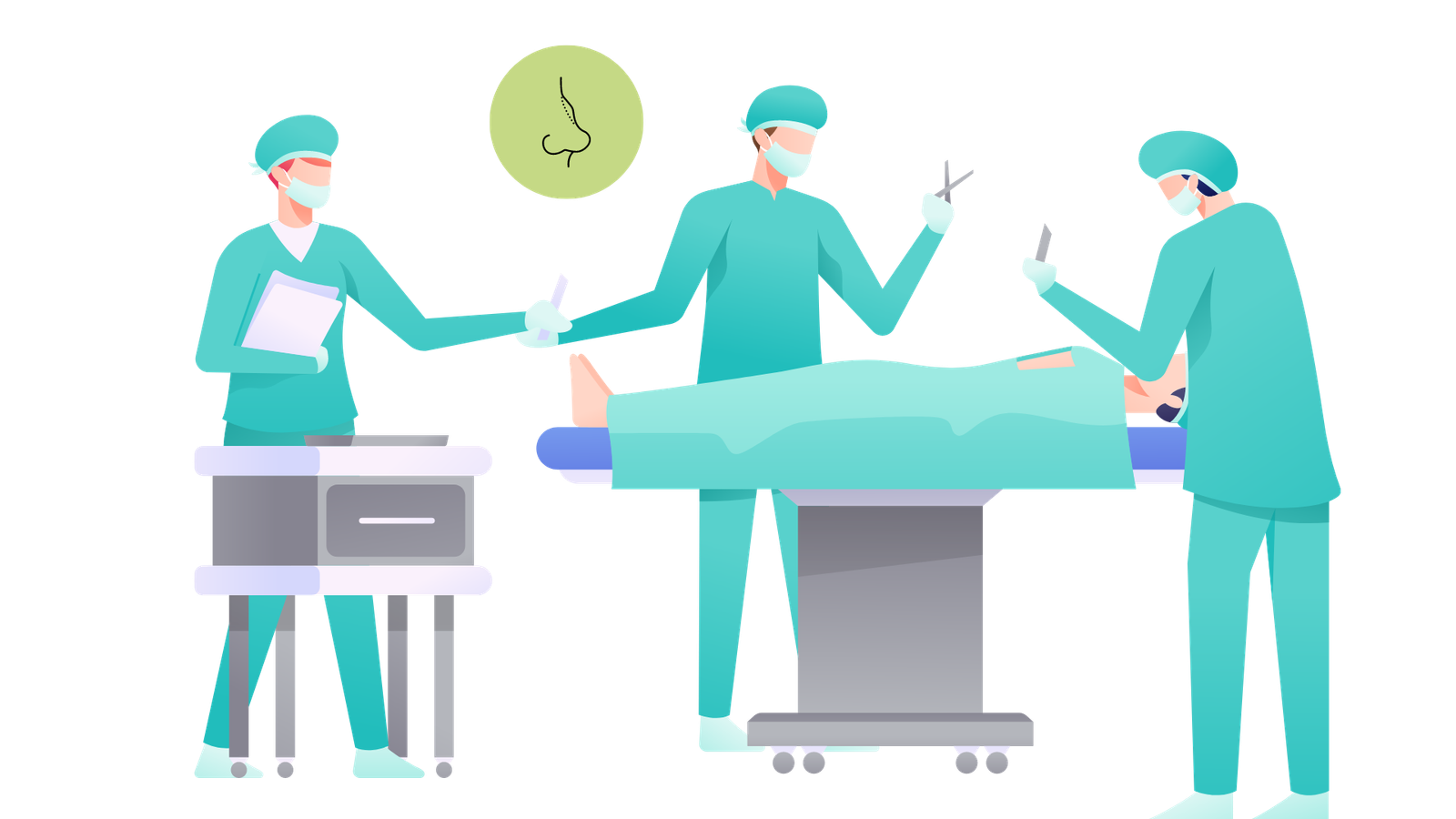Mold damage in buildings can be a hidden threat, and assessing its extent is crucial for effective remediation. Various mold testing techniques are employed to identify the presence of mold, measure its concentration, and determine the scope of damage. In this guide, we’ll delve into different methods used for mold testing, emphasizing the importance of accurate assessments in the remediation process.

1. Visual Inspection: The Initial Assessment
While not a testing method in the traditional sense, visual inspection is the first step in identifying potential mold issues. Trained professionals conduct a thorough visual examination of the property, looking for visible signs of mold growth, water damage, or areas prone to moisture. Visual inspection provides valuable insights, guiding further testing procedures.
2. Air Sampling: Assessing Airborne Mold Spore Levels
Air sampling is a common mold testing technique that assesses the concentration of airborne mold spores. This method involves collecting air samples from both indoor and outdoor environments. The samples are then analyzed to determine the types and quantities of mold spores present. Air sampling helps identify potential sources of mold contamination and assess the overall indoor air quality.
3. Surface Sampling: Identifying Mold on Surfaces
Surface sampling involves collecting samples from suspected mold-infested surfaces. This method helps identify the types of mold present on surfaces such as walls, ceilings, or furniture. Surface sampling is particularly useful for confirming the presence of mold in visible areas and assessing the extent of contamination on specific surfaces.
4. Bulk Sampling: Analyzing Material Samples
Bulk sampling entails collecting samples of materials suspected to be contaminated with mold, such as drywall or insulation. These samples are then analyzed to determine the types and concentrations of mold present. Bulk sampling is valuable for understanding the extent of mold damage within building materials and guiding remediation efforts.
also read photo-of-the-day-indoor-air-quality
5. Tape Lift Sampling: Capturing Mold from Surfaces
Tape lift sampling is a technique where adhesive tape is applied to suspect surfaces to capture mold spores. The tape is then analyzed to identify the types and quantities of mold present. This method is effective for assessing mold on surfaces and provides insights into the potential sources of contamination.
6. Swab Sampling: Collecting Material Samples with Swabs
Swab sampling involves using a sterile swab to collect samples from surfaces suspected of mold contamination. The swab is then sent to a laboratory for analysis. Swab sampling is useful for assessing specific areas, especially those that are difficult to access or where bulk sampling may be impractical.
7. Invasive Testing: Opening Walls for a Closer Look
In some cases, invasive testing may be necessary to assess mold damage within walls or other concealed spaces. This involves creating small openings to access hidden areas and collect samples. Invasive testing provides a more comprehensive understanding of mold issues, particularly in cases where extensive contamination is suspected.
8. Moisture Meter Readings: Indicating Potential Mold Growth Conditions
While not a direct mold testing method, moisture meter readings are crucial for assessing the conditions conducive to mold growth. Elevated moisture levels in building materials indicate potential mold growth areas. Combining moisture meter readings with other testing techniques helps pinpoint areas in need of remediation.
9. Thermal Imaging: Detecting Moisture and Temperature Variations
Thermal imaging utilizes infrared technology to detect variations in temperature and moisture levels. It can identify hidden water damage and potential mold growth behind walls or in other concealed spaces. Thermal imaging aids in locating areas that may require further investigation and testing.
10. Professional Expertise: Integrating Multiple Testing Techniques
Effective mold testing often involves a combination of techniques to obtain a comprehensive assessment. Trained professionals with expertise in mold remediation near me utilize a range of testing methods to accurately identify the types of mold present, assess contamination levels, and guide remediation strategies.
Water Damage Removal: The Next Steps
After mold testing reveals the extent of damage, the next crucial step is remediation. Searching for “water damage removal near me” connects property owners with local professionals specializing in comprehensive water damage removal and mold remediation services.
Conclusion
Mold testing techniques play a pivotal role in assessing the extent of mold damage in buildings. Whether through air sampling, surface sampling, or invasive testing, accurate assessments are essential for guiding effective remediation strategies. Combining multiple testing methods and relying on professional expertise ensures a thorough understanding of mold issues and facilitates targeted remediation efforts.



